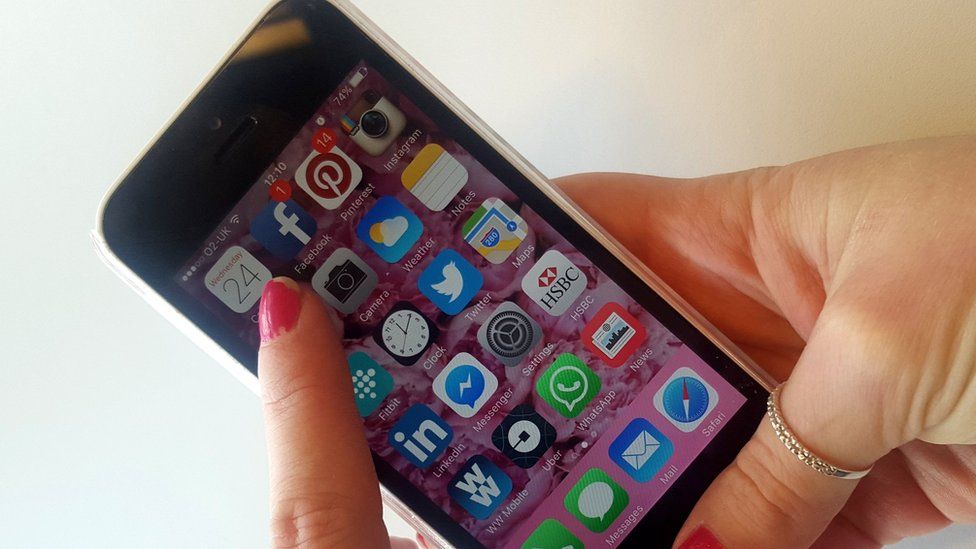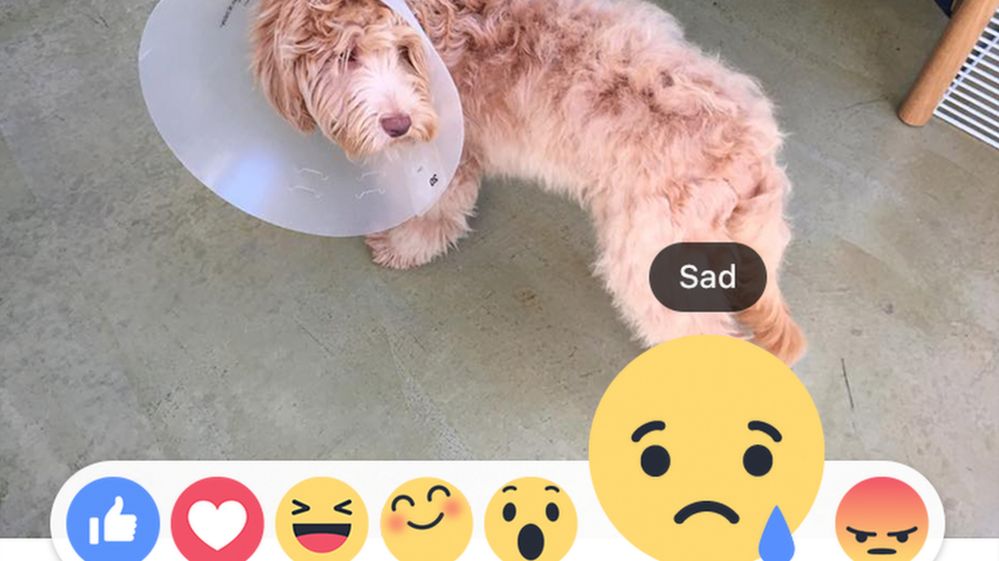Facebook rolls out five new Reactions buttons including angry, wow and sad
Published on February 25, 2016 at 1:52 PM by FACE OF MALAWI
Facebook has rolled out its new Reactions buttons across the world.
The five new emotions – which are Love, Angry, Sad, Haha and Wow – appear when you hover over Like on a PC, or hold it down on mobile or tablet.
The social network tried out the new buttons in a pilot in Ireland, Japan and Spain last October.
In a video accompanying a blog post, the five new emotions appear as animated emoticons that pop up from the screen.

The Yay emoticon, which was present in the pilot launch, isn’t in Wednesday’s video.
“We will initially use any Reaction similar to a Like to infer that you want to see more of that type of content,” Facebook said in separate blog post.
The company said that over time it hoped to learn how different Reactions should be weighted differently by the Facebook News Feed to customize it for individual users.
Facebook said Reactions would have the same impact on advert delivery as likes.
No dislike button
Users have long requested a dislike button, but that was thought to be too negative.
Facebook has chosen to offer more nuanced reactions – love, haha, wow, sad and angry – alongside like to give users “greater control over their expressivity”, says Julie Zhuo, Facebook’s product design director.
Why those choices?
Facebook went through comments on friends’ posts, as well as emoji-like stickers people were using.
It chose the most common ones and tested those.
Facebook considered dozens of reactions but offering them all would have been confusing.
The firm ultimately chose these six reactions for their universal appeal – something that could be understood around the world.
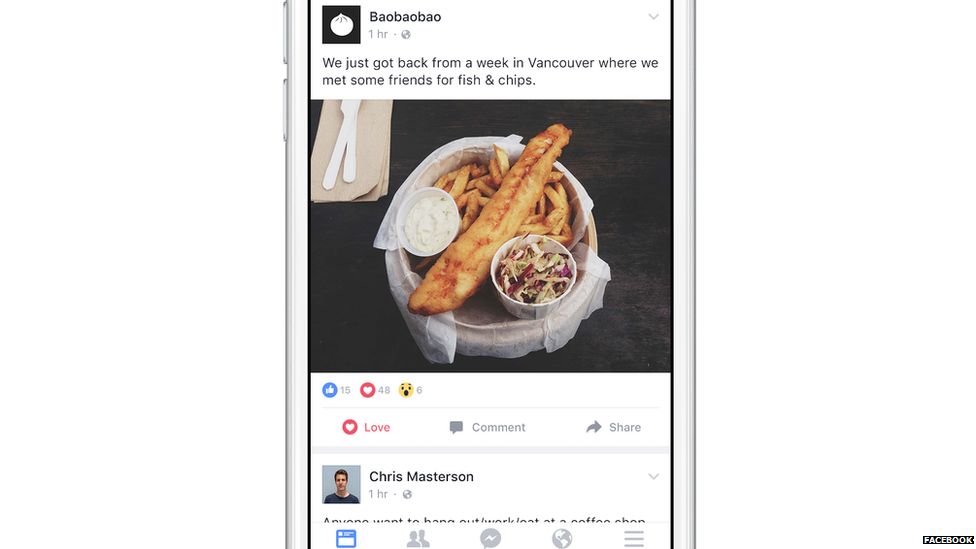
Even a generic happy face “was a little bit ambiguous and harder for people to understand”, says Julie Zhuo.
Each reaction comes with an animated emoji, such as the thumbs up for like and a heart for love.
The emojis will look the same around the world, but phrases such as love will be translated.
Like is still the most important emotion
Julie Zhuo says people click on like more than a billion times a day, so “we didn’t want to make that any harder”.
It’s still the go-to reaction for most posts.
But Facebook says in the countries tested, people used the alternatives more frequently over time.
How you get started

The roll-out is expected to take a few days to complete.
You’ll get the feature automatically on web browsers, but you’ll need to update your app on iPhones and Android devices (no word yet on Windows and BlackBerry).
Facebook already shows how many people like a post and lets you tap or click on the count for a list of people.
With Reactions, you see how many people have reacted in some way, along with the top three reactions, such as love followed by haha and wow.
You can get breakdowns for each reaction – the total and specific people.
If you don’t update your app, you’ll just see the number of likes.
What else you’ll see
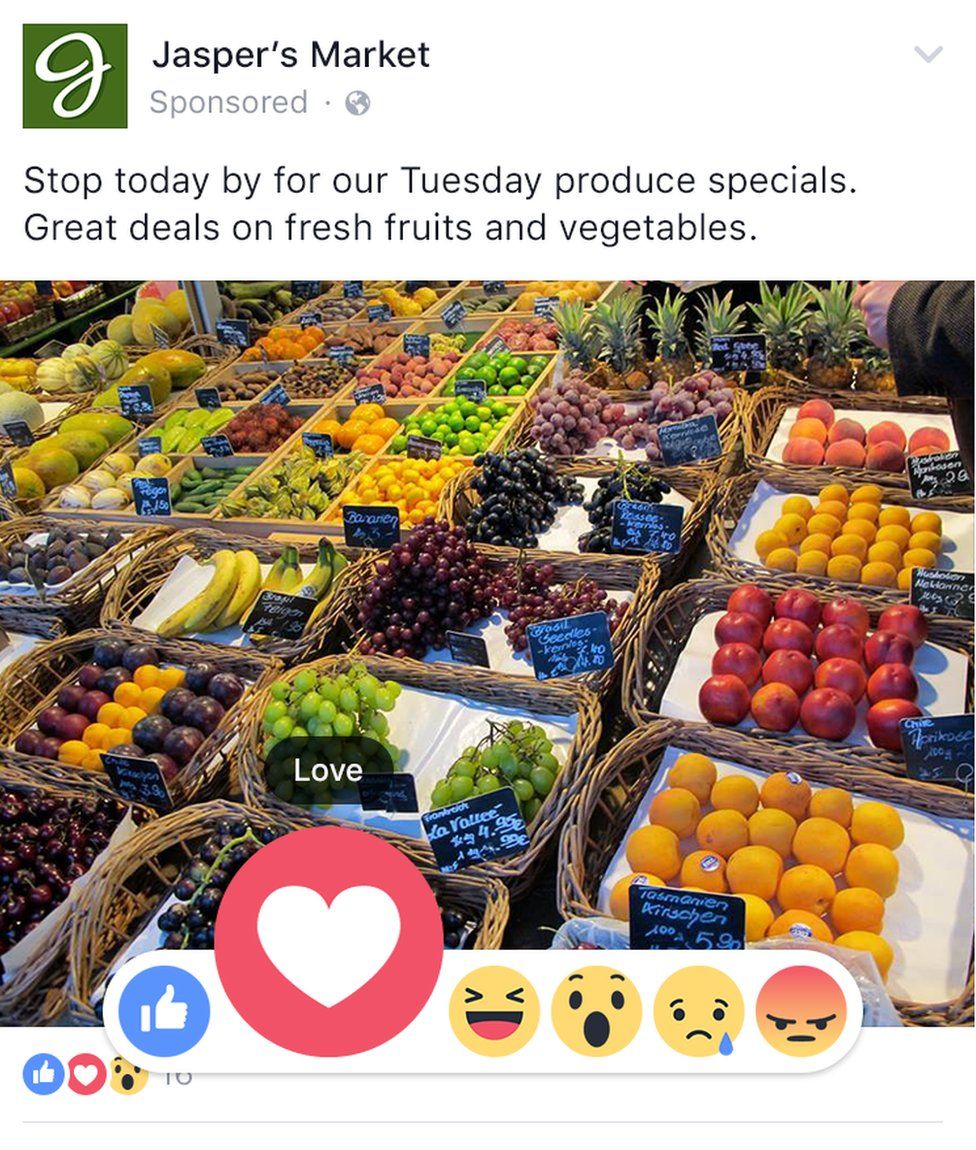
Facebook has a complex formula for deciding which of your friends’ posts are more prominent.
Ones that get a lot of likes, for instance, will tend to show up higher.
Now, posts marked angry or wow will bump up, too.
But Facebook wants to show what it thinks you’re most interested in – and that might ultimately mean mostly happy posts, rather than ones that evoke sadness or anger.
Julie Zhuo says Facebook will tweak its formulas based on how people respond.
Companies can’t block anger
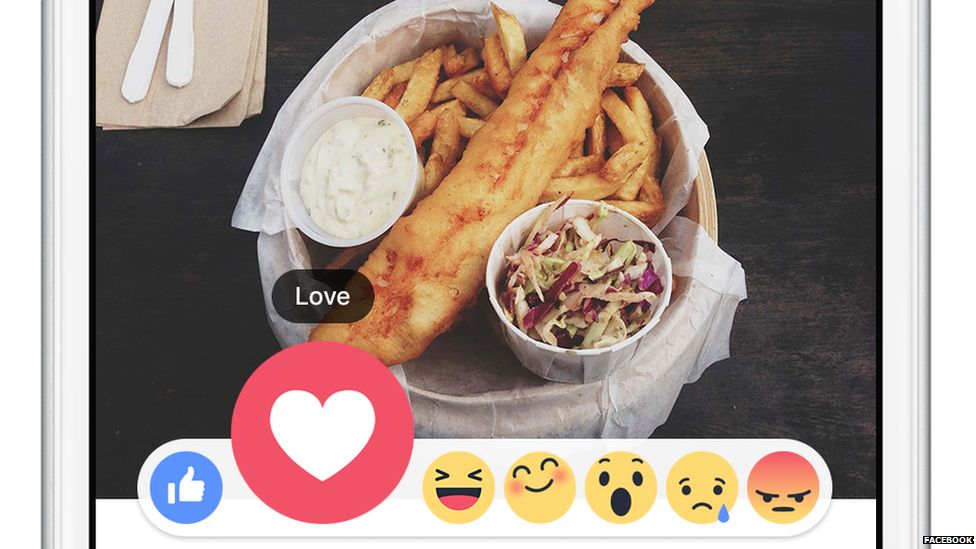
These alternative reactions are for all posts, including those from groups and brands.
A company won’t be able to block the ability to mark its posts with anger.
Reactions took a year to develop
Why so long? Besides deciding on how many and which specific reactions to offer, Facebook needed to figure out the right way for people to discover and use it.
For instance, a menu might have been harder to find, while offering all six buttons up front might have made it harder to just quickly like a post and move on.
Julie Zhuo says CEO Mark Zuckerberg pushed for the long-press method as a balance.
The feature is expected to evolve over time, and Facebook may add or change choices based on feedback.
